Places of the Fur Trade
The fur trade in North America involved a complex network of routes and locations, each playing a vital role in the exchange of goods, cultures, and ideas. Take a closer look at some of the key places where the fur trade business occurred.
-
Trading Posts Voyageur Campsites Portages Indigenous Villages Waterways Rendezvous Points WildernessThese were established by European traders and companies as fixed locations where fur trade exchanges took place.Voyageurs were canoe-borne laborers who transported furs and goods along the waterways of North America. Their campsites were temporary resting points along these routes.Portages were locations that allowed voyageurs to carry canoes and cargo overland between two waterways. Portages allowed voyageurs to bypass obstacles like rapids, waterfalls, or sections of river that are either too shallow or too dangerous for boats or canoes.Indigenous villages were not only producers of the furs but also the place where critical partnerships were formed.Rivers and lakes were the highways of the fur trade, facilitating the movement of goods and people across the continent.These locations served as pre-arranged meeting places where trappers, fur traders, Indigenous Peoples, and sometimes settlers would gather annually to conduct business, exchange goods, and share information.The vast wilderness of North America was both a resource and a challenge for the fur trade. It was the habitat of the fur-bearing animals that were the trade's foundation, making it a crucial area for trappers and hunters.
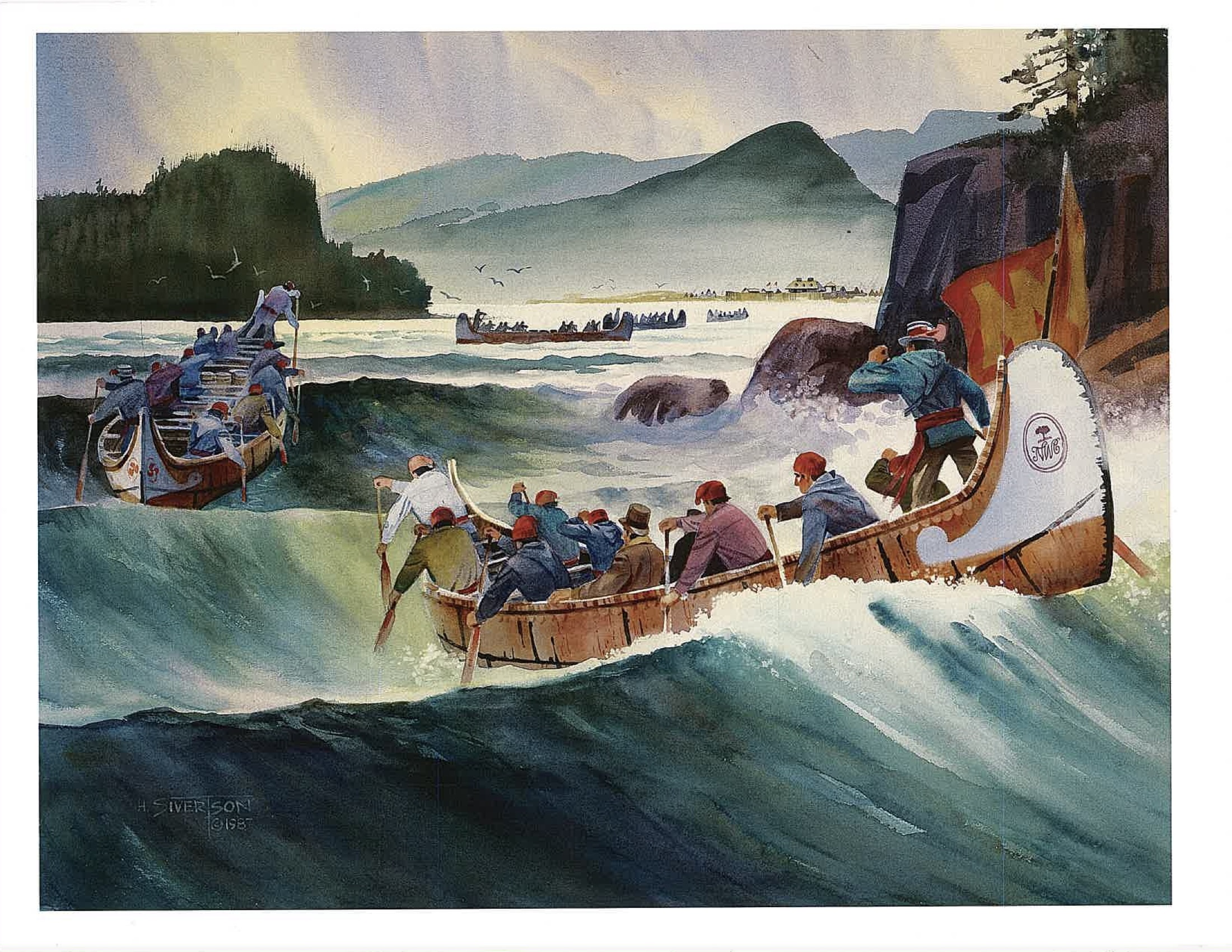
Waterways
Control over strategic waterways could determine the success of trading operations and was often a point of tension among European powers and between indigenous groups.
Waterways
Canoes, and later larger boats, carried furs to coastal ports where they could be shipped to Europe.
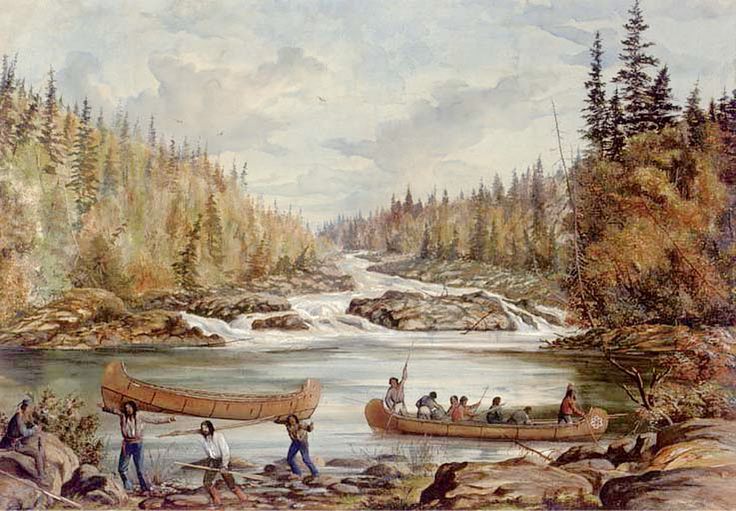
Portages
He a brigade of voyageurs lift their canoe to portage across land. Portaging allowed traders, explorers, and indigenous peoples to navigate the complex system of rivers and lakes by overcoming natural barriers that would otherwise stop travel.
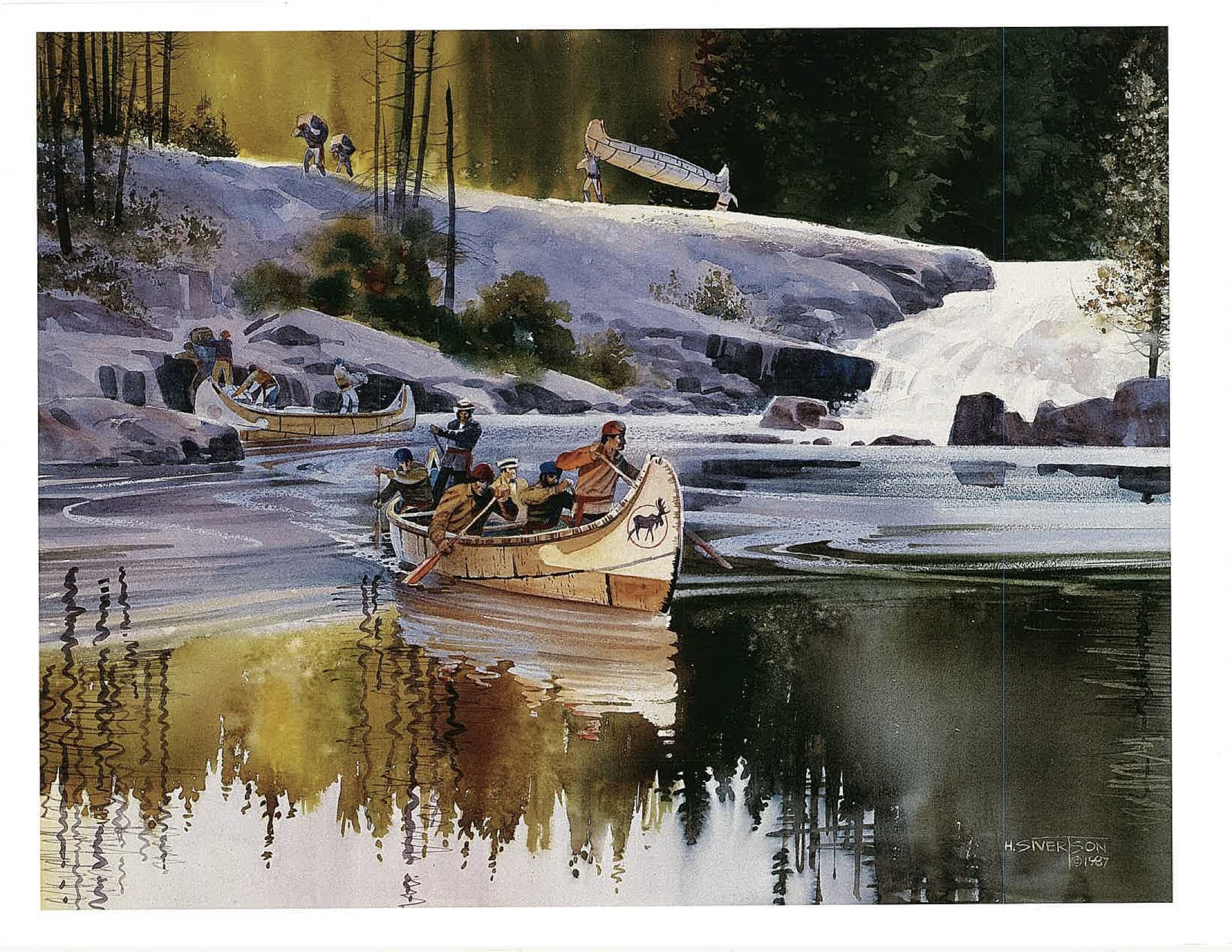
Portages
By enabling navigators to bypass obstacles and connect disparate waterways, portaging expanded the reach of trade routes.
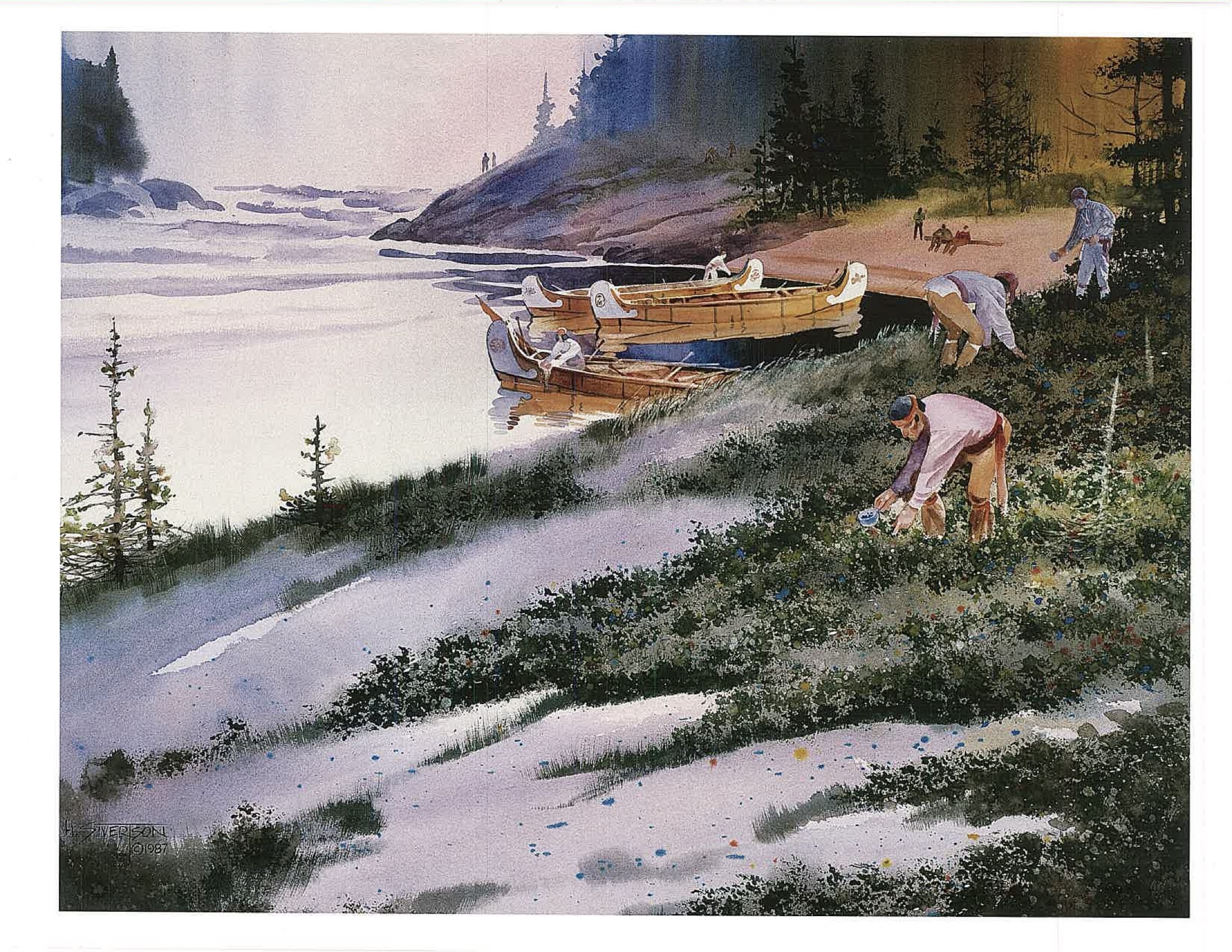
Waterways
Waterways and their surrounding environments were significant sources of food. The areas next to waterways often supported dense vegetation, including berry bushes and fruit-bearing trees. Here some voyageurs are picking berries.
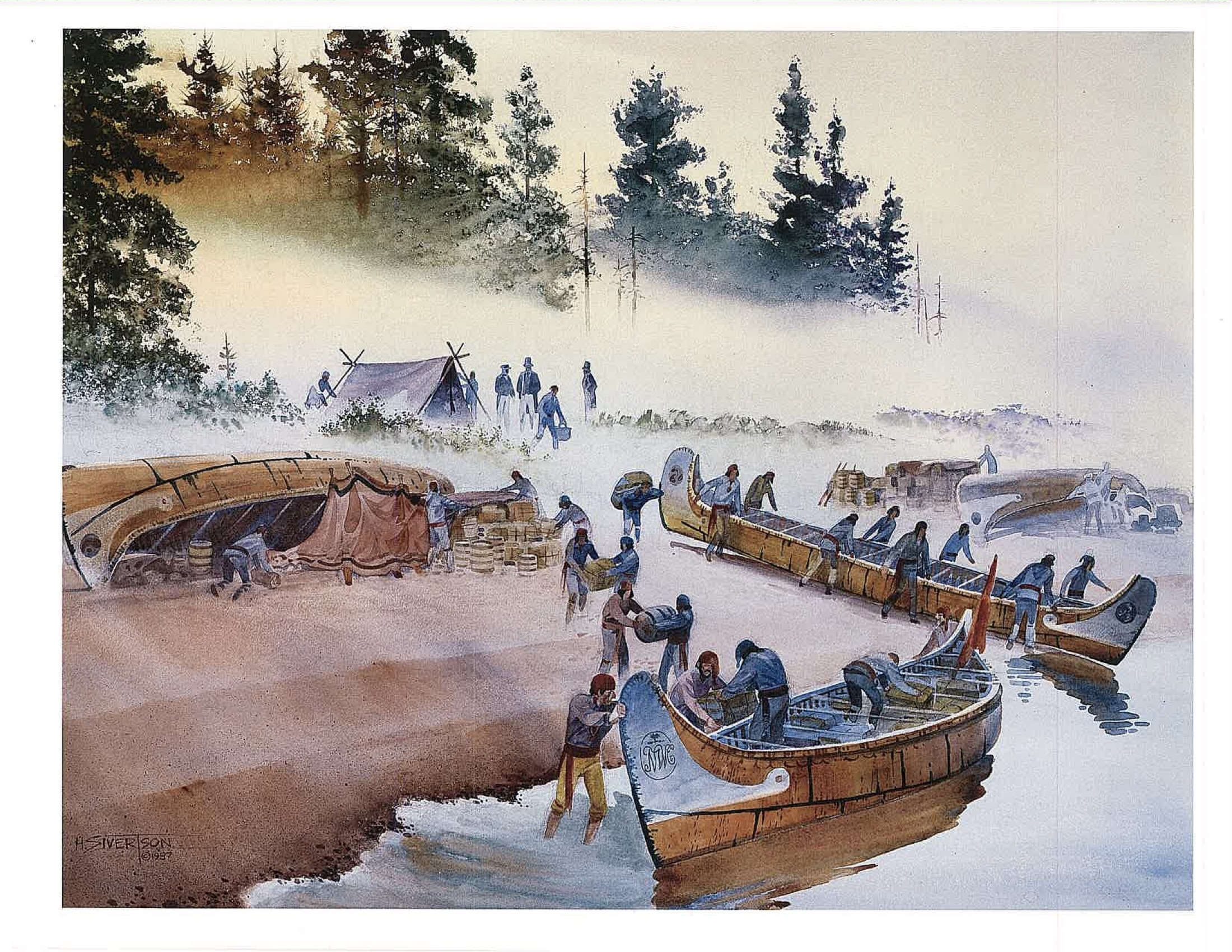
Voyageur Campsite
These campsites were crucial for the physical transportation aspect of the fur trade, allowing voyageurs to rest, repair their birch bark canoes, and navigate the vast distances between trading posts and indigenous communities.
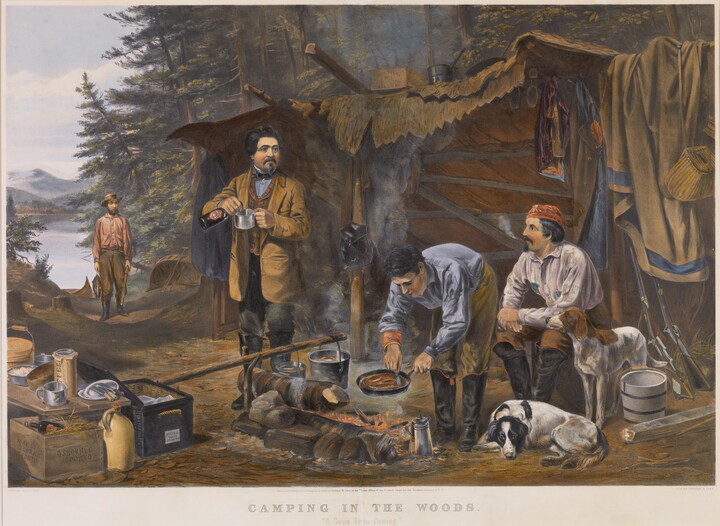
Voyageur Campsite
The campsites also served as informal meeting places where knowledge, stories, and information were exchanged.
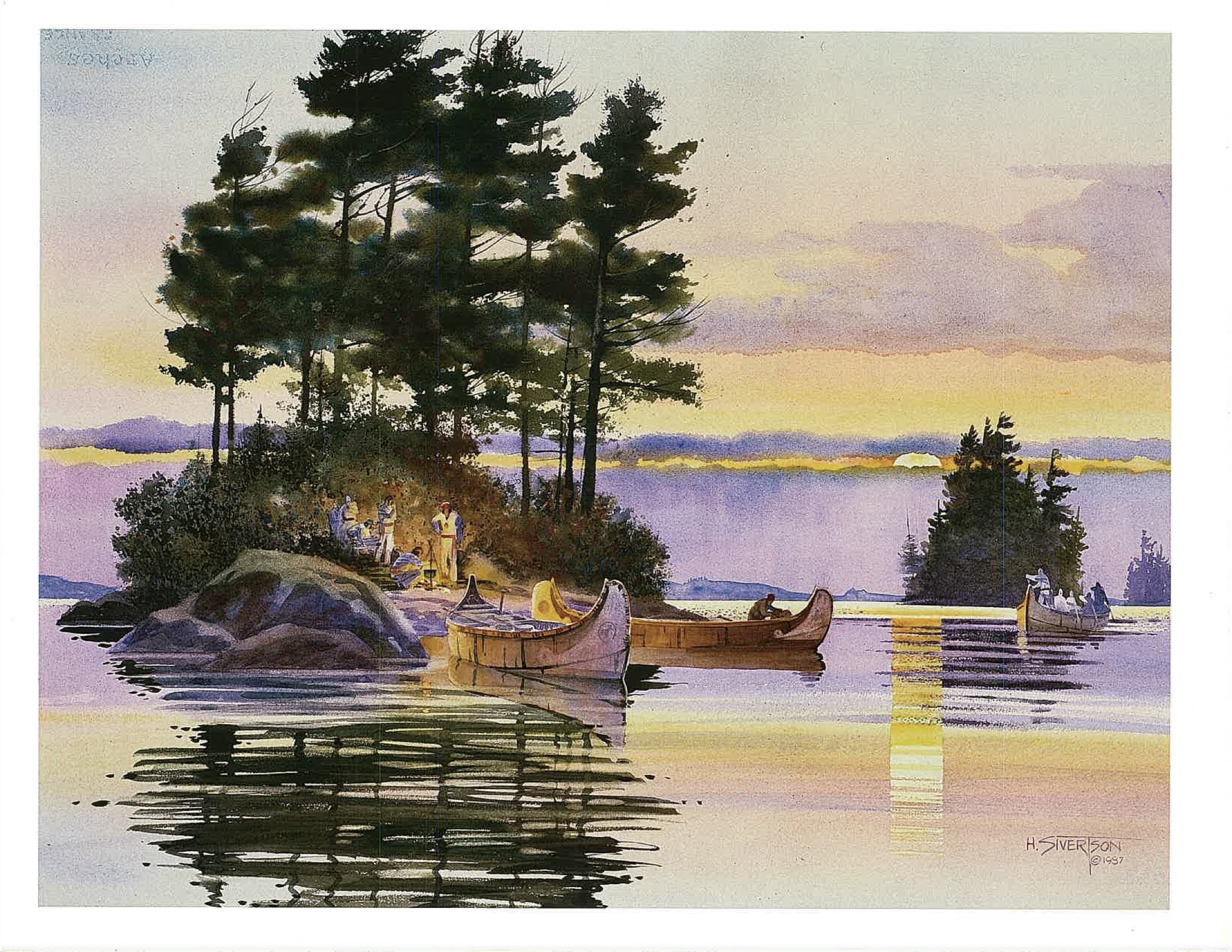
Voyageur Campsite
Establishing regular campsites along fur trade routes contributed to the success of the trade. Known sites could be stocked with supplies for future voyages or used to stage goods for transport. This system reduced the need to carry all supplies for the entire journey, allowing for faster travel and less physical strain on the voyageurs.
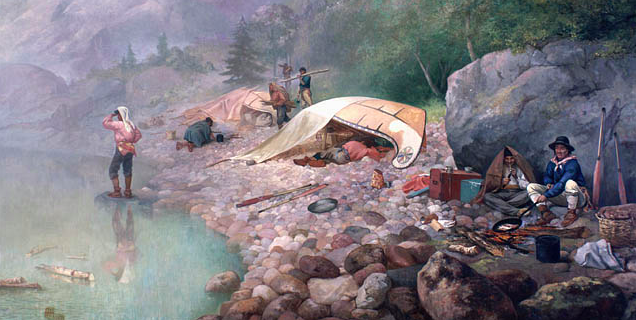
Voyageur Campsite
Their campsites were temporary resting points along these routes.
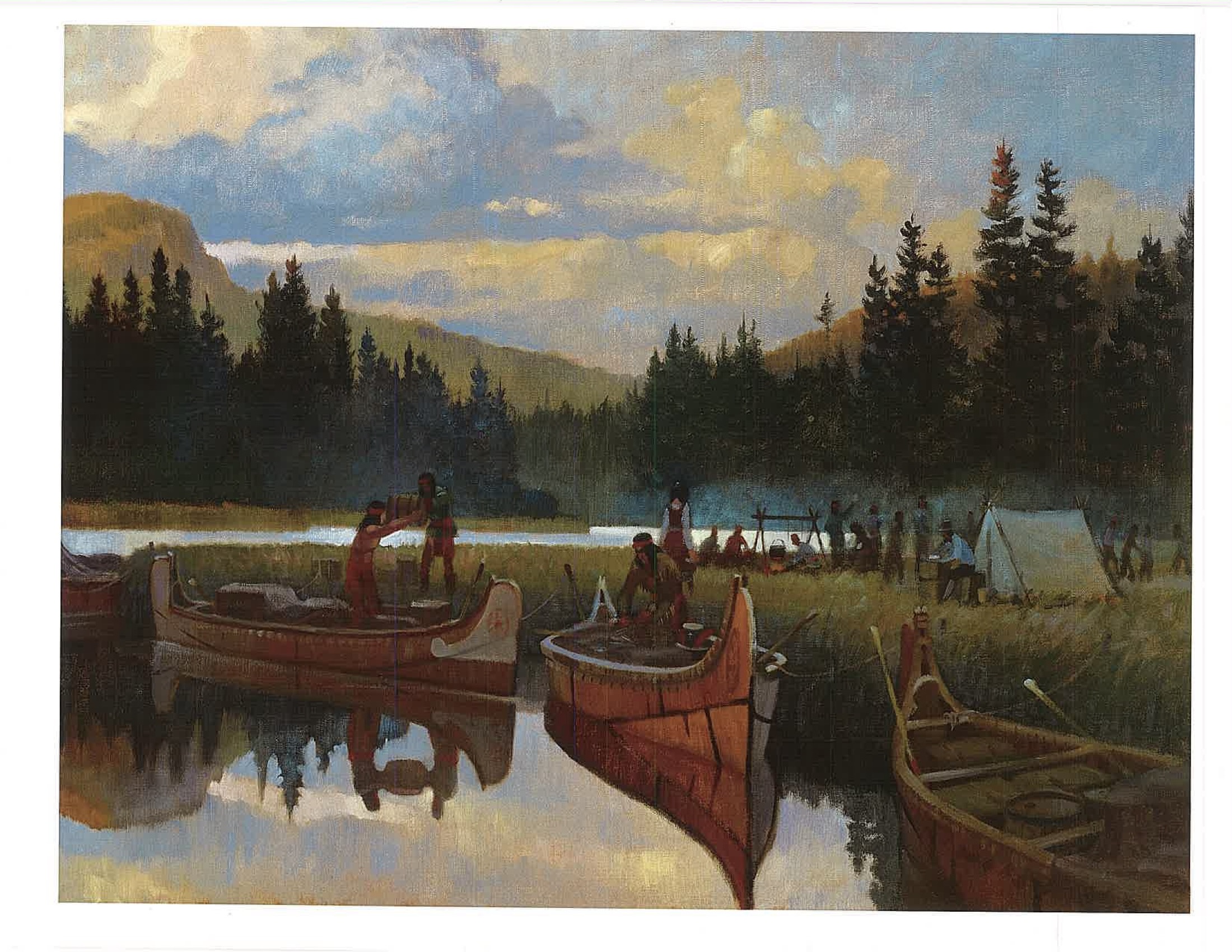
Voyageur Campsite
Campsites were important social spaces for the voyageurs who were away from home for months at a time. There they shared stories, songs, and cultural traditions around the campfire. These gatherings helped maintain morale, forge strong bonds among the crew.
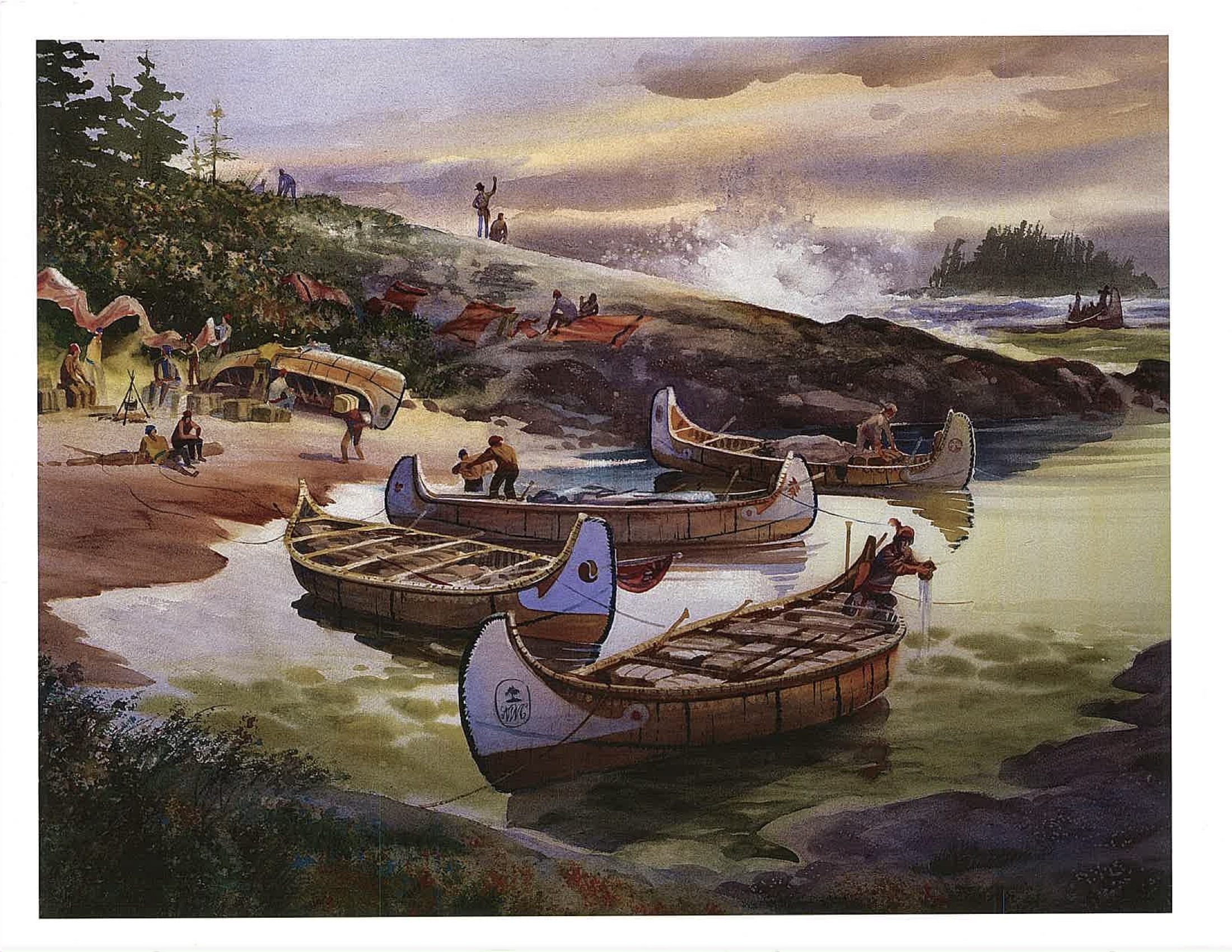
Voyageur Campsite
Campsites offered opportunities for voyageurs to assess their progress, plan the next stages of their journey, and make navigational decisions. This planning was crucial in an era without modern navigation tools, relying instead on knowledge of the stars, seasonal changes, and familiarity with the landscape.
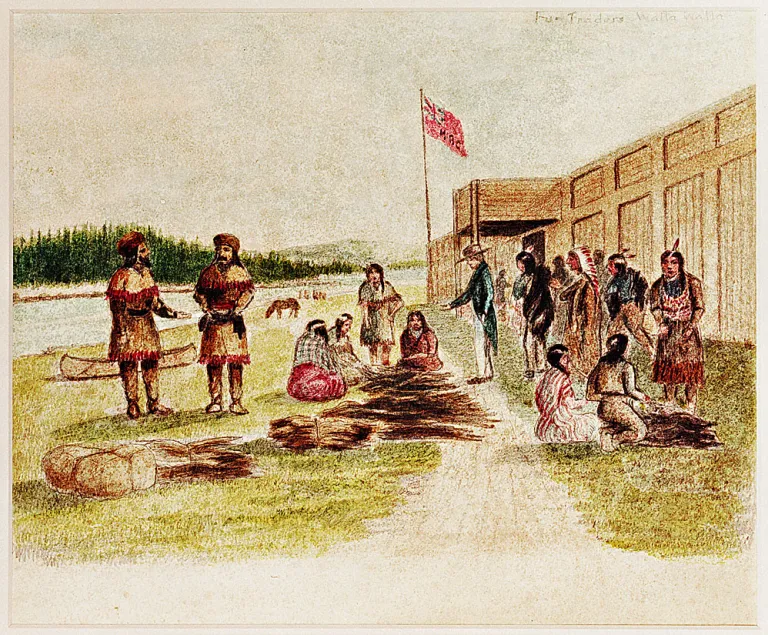
Trading Post
These posts were not just sites of economic transaction but also cultural contact zones. They fostered interactions between different indigenous groups and Europeans, leading to exchanges of knowledge, languages, customs, and sometimes intermarriage.
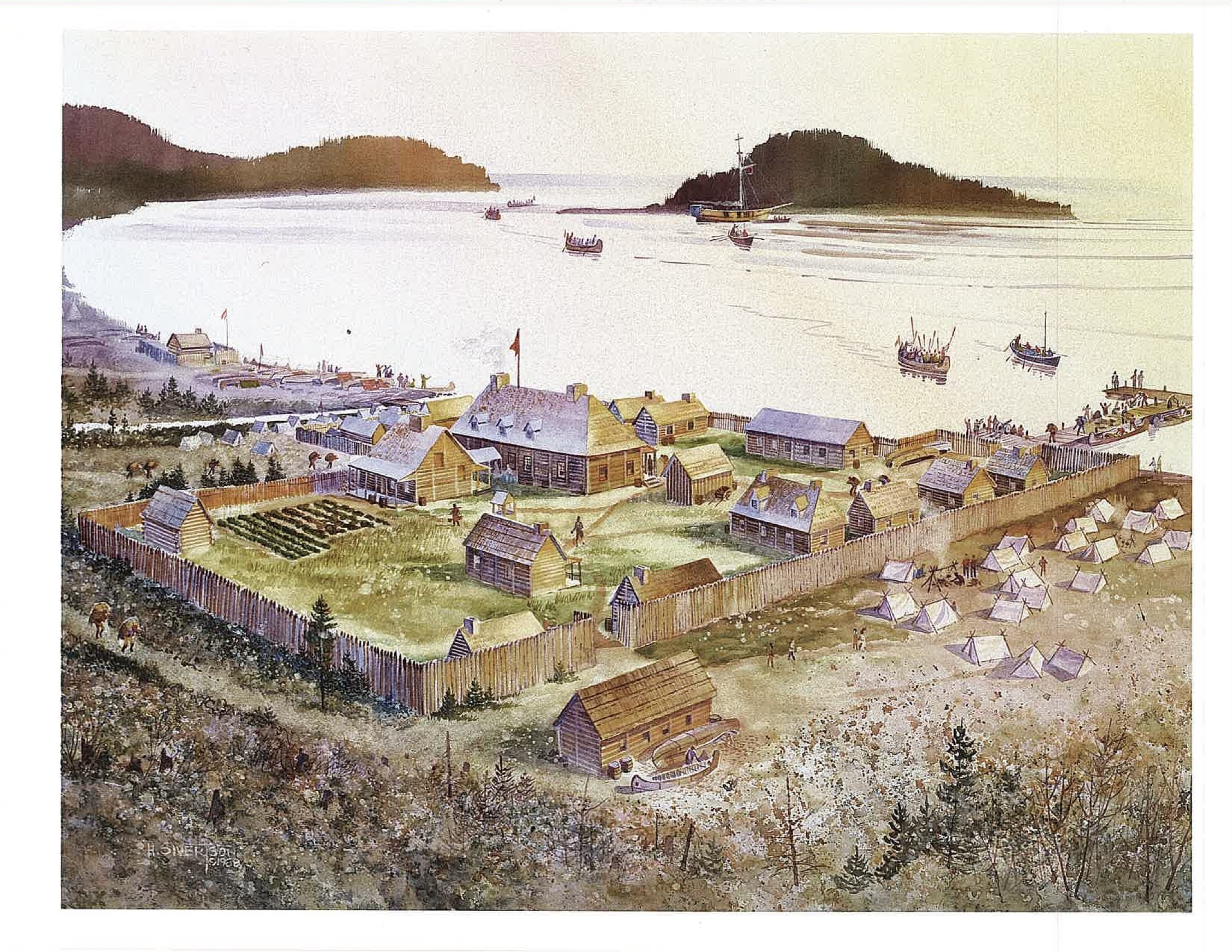
Trading Post
Trading posts often became centers around which communities developed.
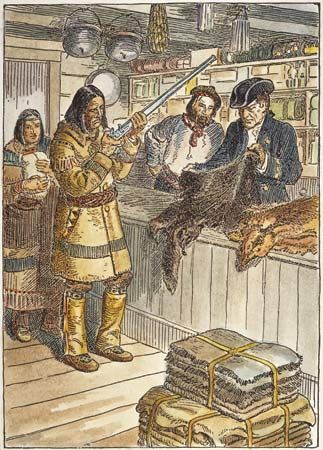
Trading Post
Trading posts served as commercial hubs where Indigenous trappers and European traders met to exchange furs for goods such as metal tools, firearms, textiles, and beads.
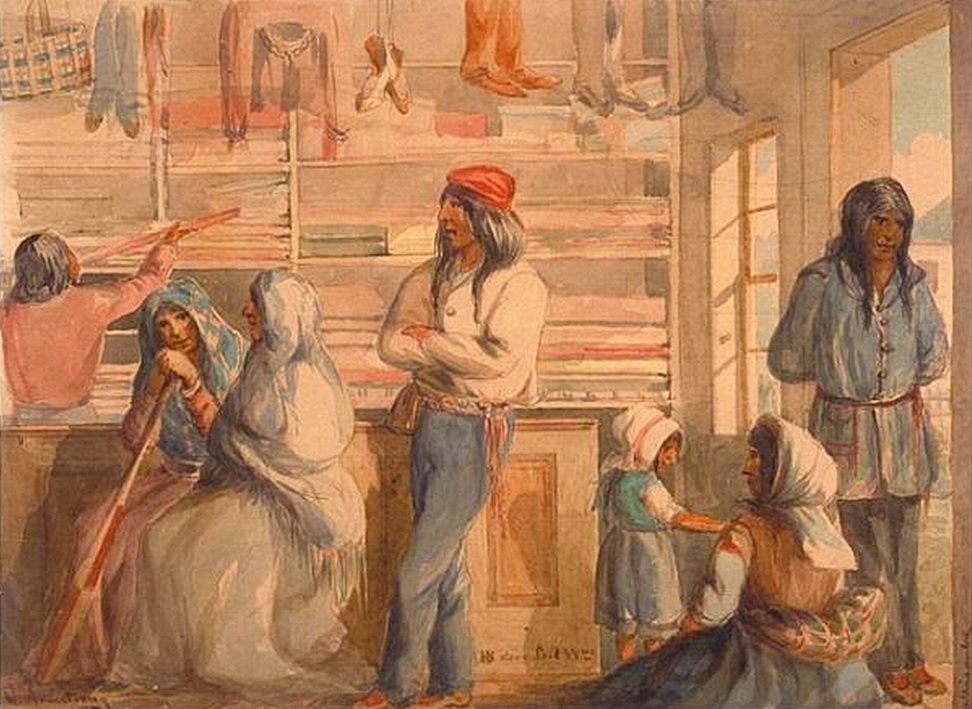
Trading Post
The trading posts also served as informal meeting places where knowledge, stories, and information were exchanged.
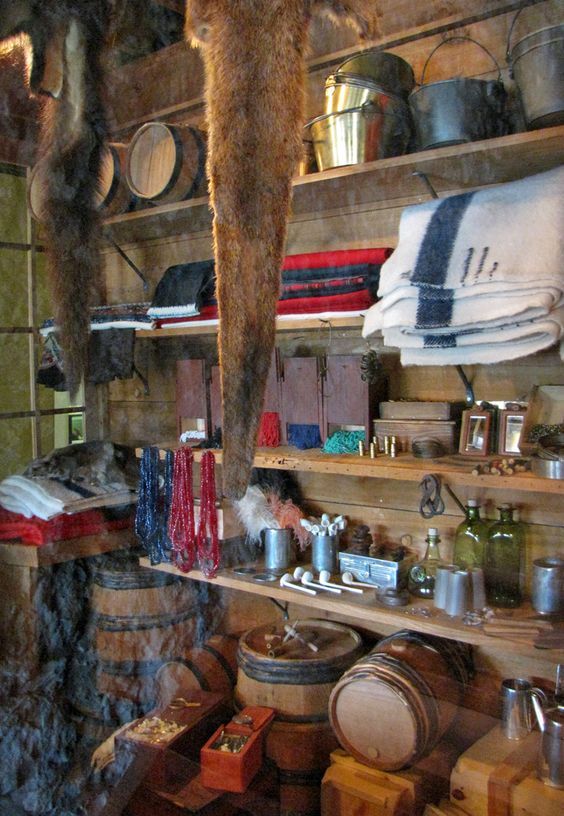
Trading Post
Beads and wool clothing and blankets were among some of the most treasured European goods.
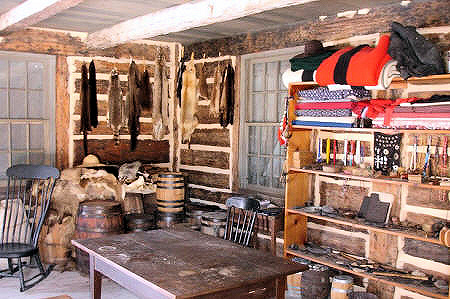
Trading Post
They were crucial for the storage of goods, both incoming European items and outgoing furs.
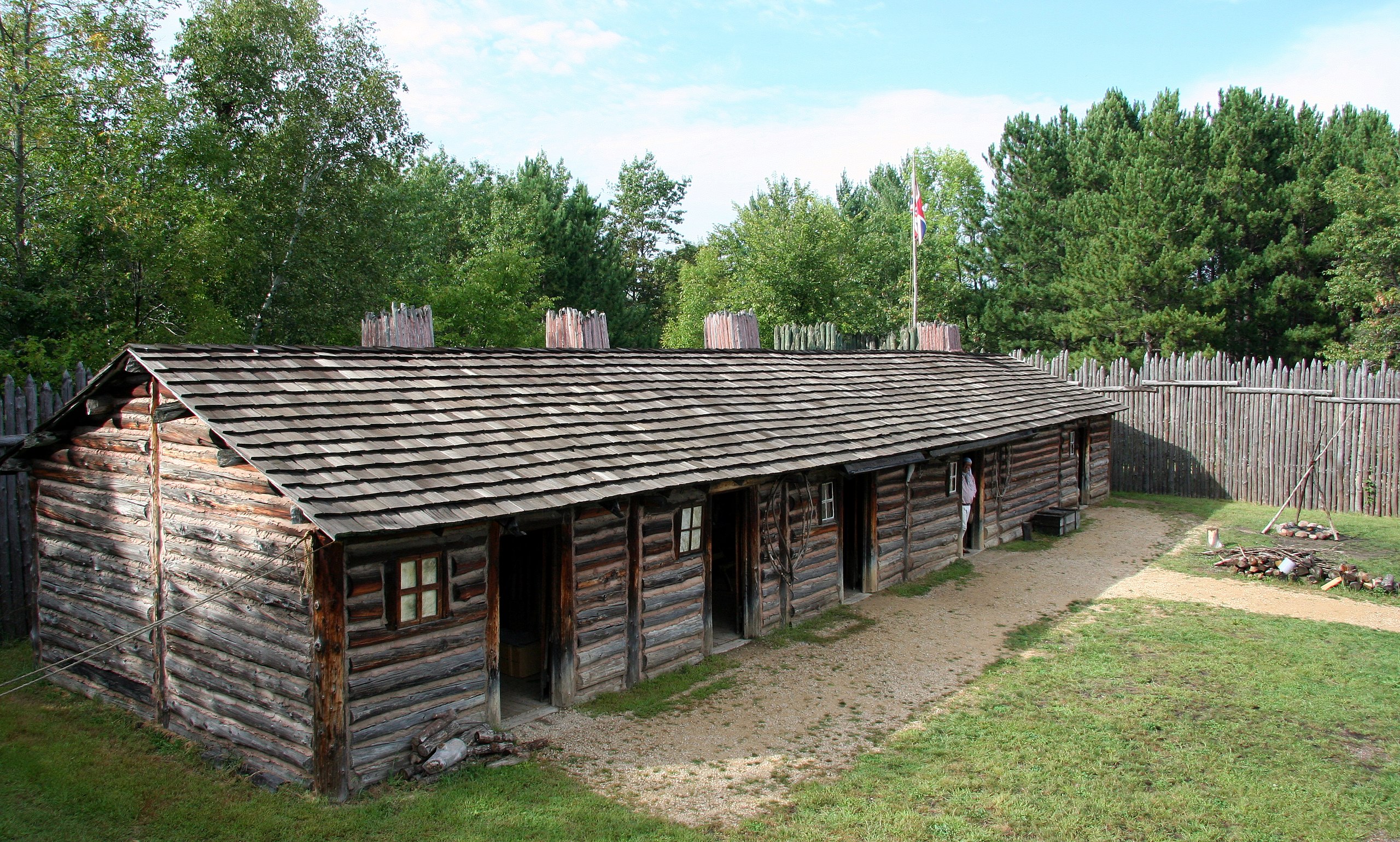
Trading Post
Some trading posts also held strategic importance, situated at key locations for control over territory and trade routes. They could serve as military outposts or centers of political influence, helping to establish and maintain European and later American control in contested areas.
.jpg)
Trading Post
These posts were often strategically located at the intersection of major waterways or traditional indigenous trading routes to maximize accessibility.
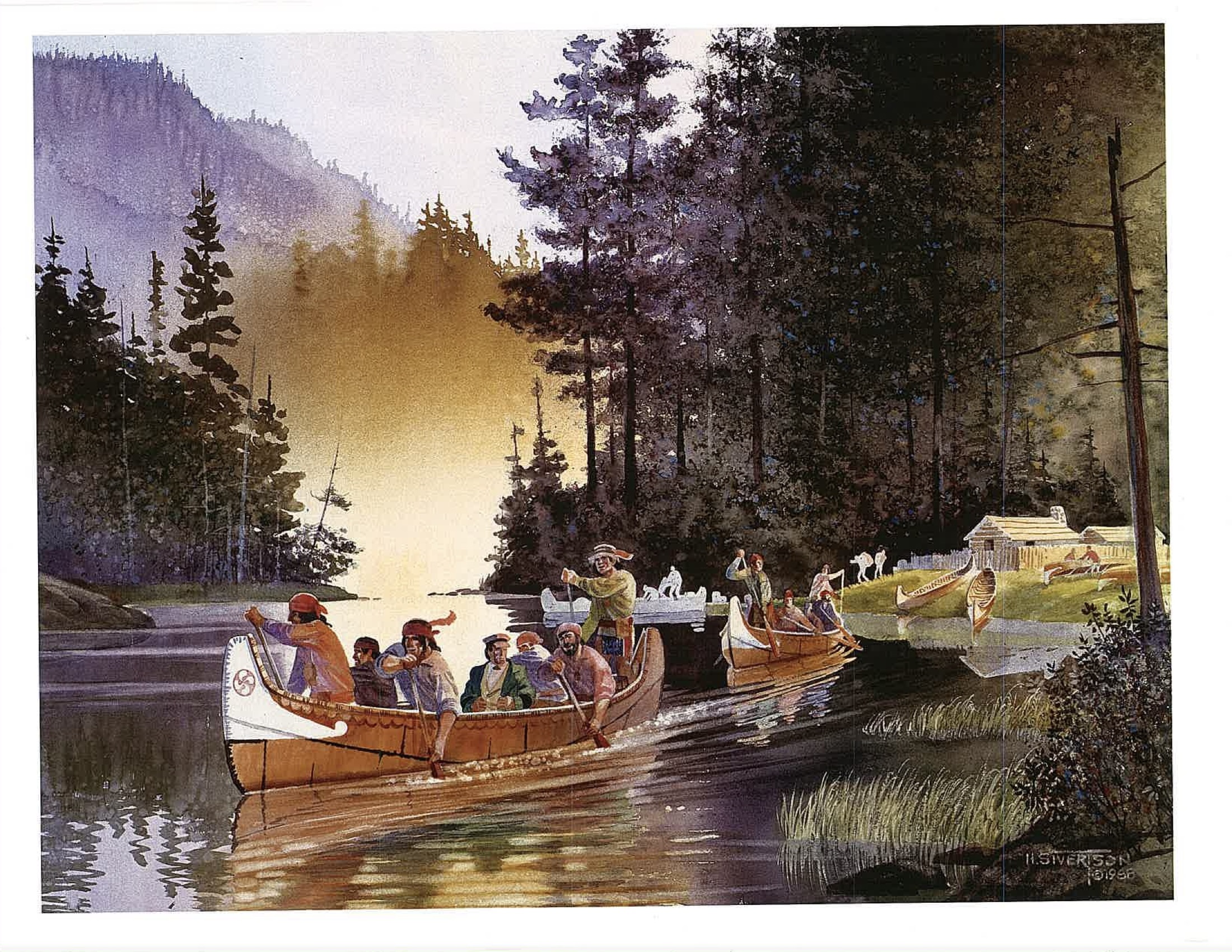
Waterways
Waterways allowed for the efficient transportation of large quantities of furs and trade goods over long distances, connecting remote trapping areas with trading posts and markets.
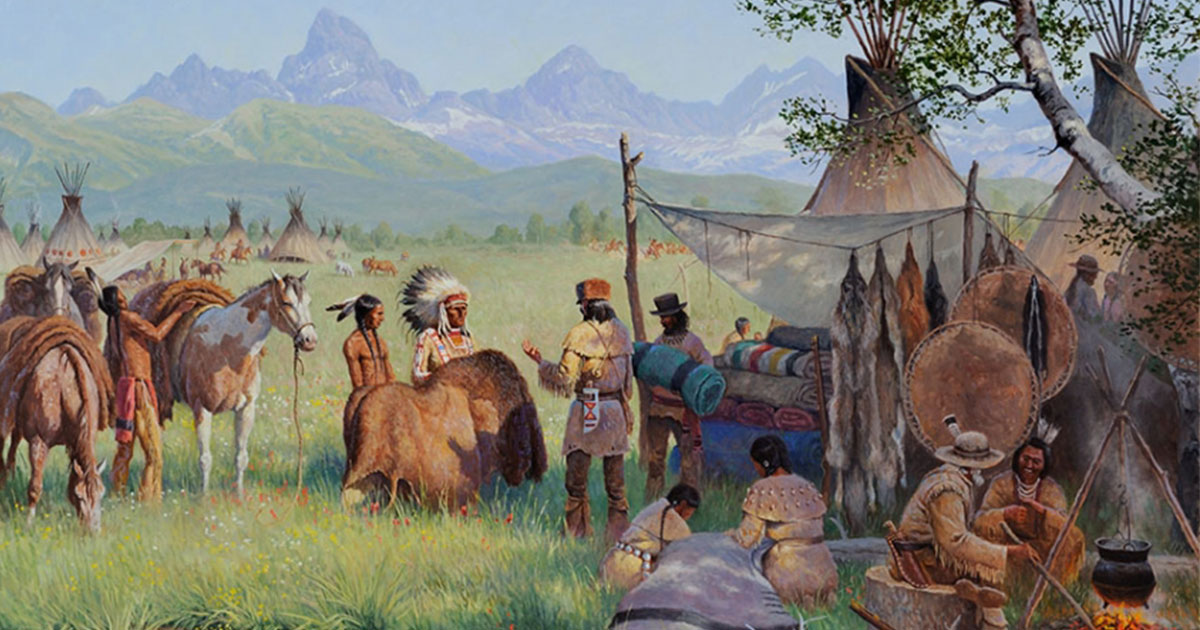
Rendezvous Point
These points were critical in the operation of the North American fur trade. In addition to the exchange of trade goods, the rendezvous points were also places where new technologies, trapping methods were shared.
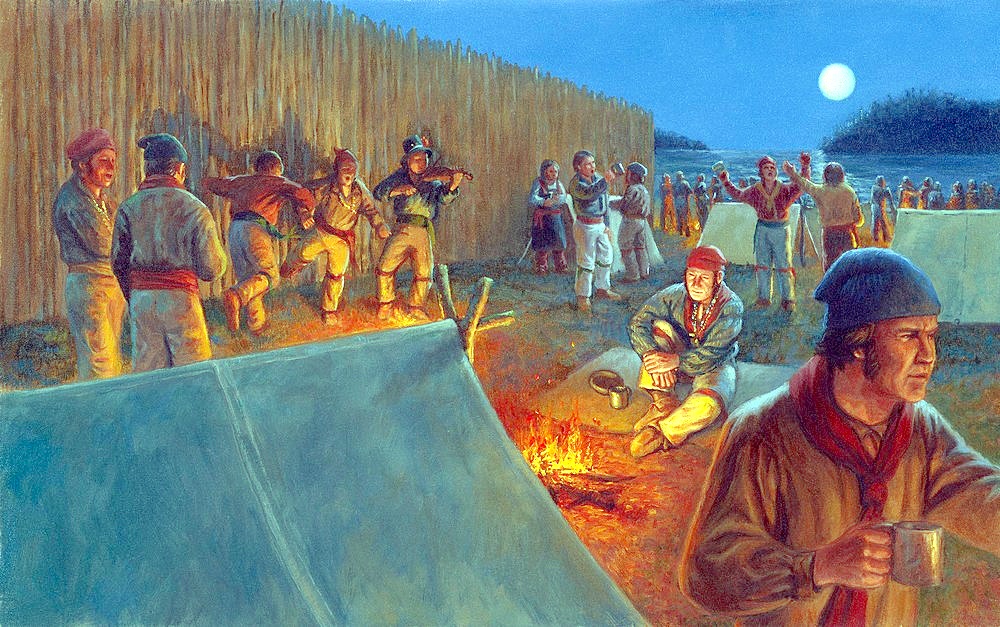
Rendezvous Point
Beyond their economic function, rendezvous points were significant social and cultural events. They provided an opportunity for people to share news, stories, and knowledge, and engage in festivities, competitions, and games.
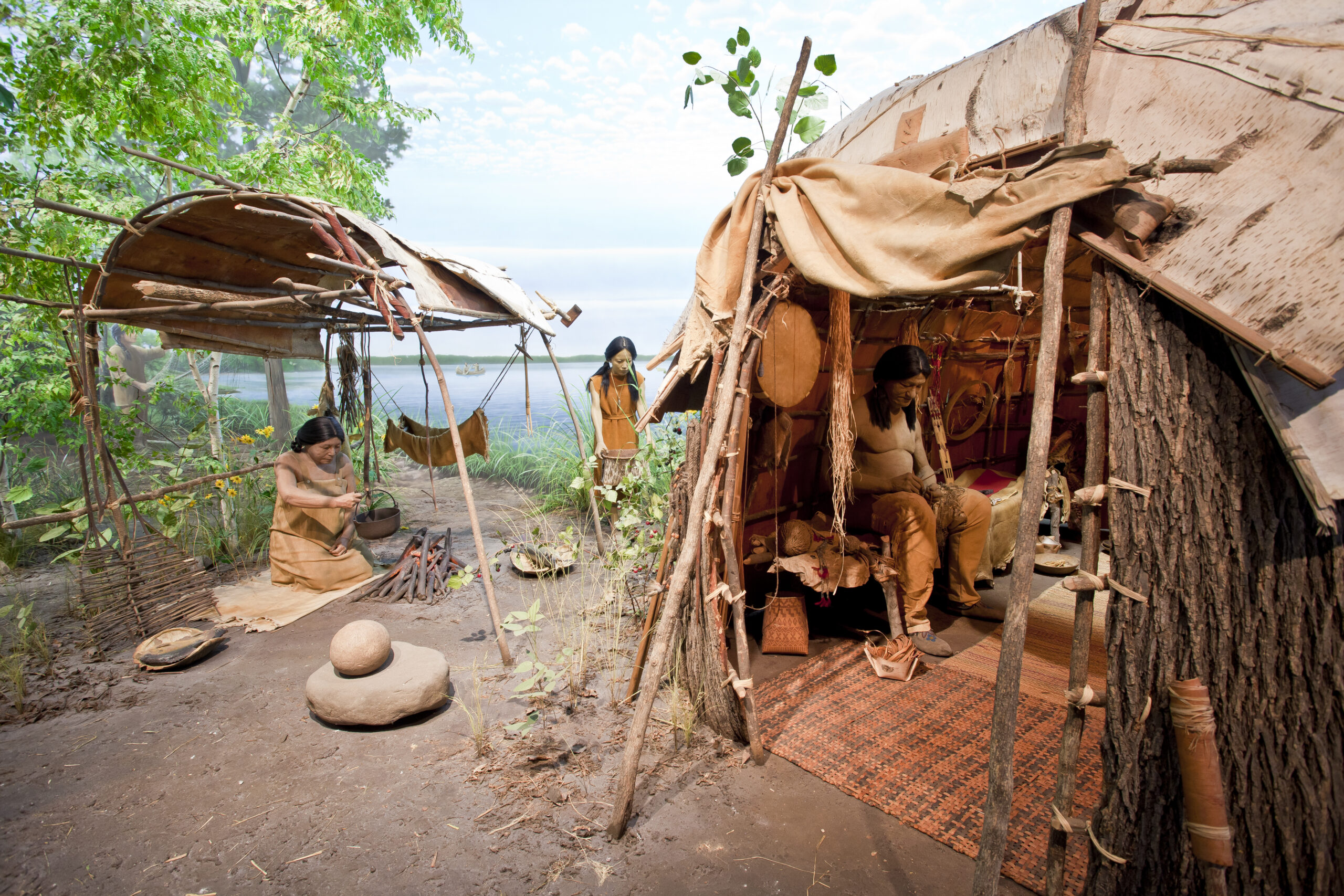
Indigenous Village
These were communities where the trapping and the preparing furs occurred. Those furs were then traded with Europeans.
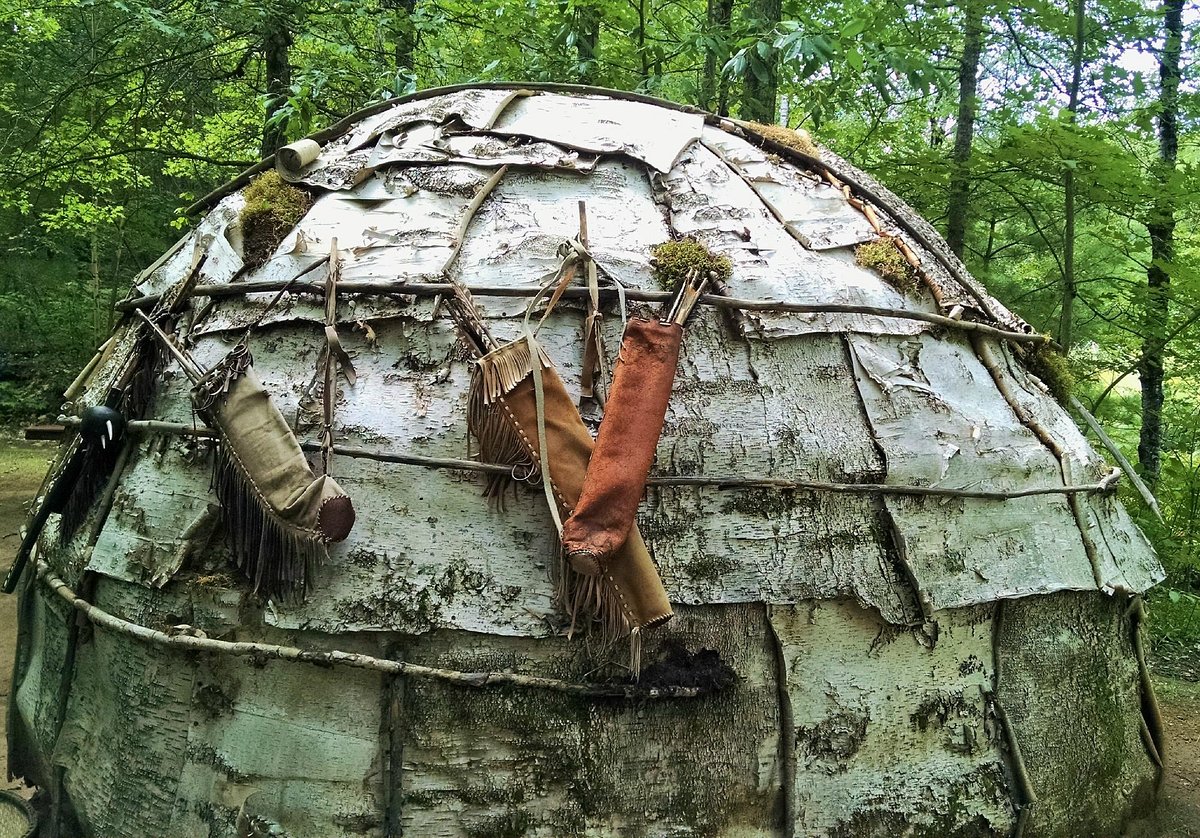
Indigineous Village
The Indigenous families of Michigan lived in wigwams, or lodges. These structures provided shelter from the weather and a safe place to sleep.
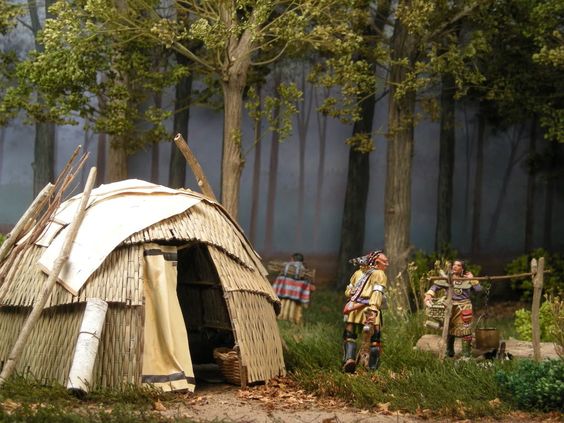
Indigenous Village
The fur trade involved complex agreements and diplomacy. Indigenous villages were often at the center of these interactions. Indigenous leaders negotiated trade terms, alliances, and territorial rights with European traders and later with American and Canadian governments. These negotiations were critical in maintaining peace and ensuring the smooth operation of the fur trade.
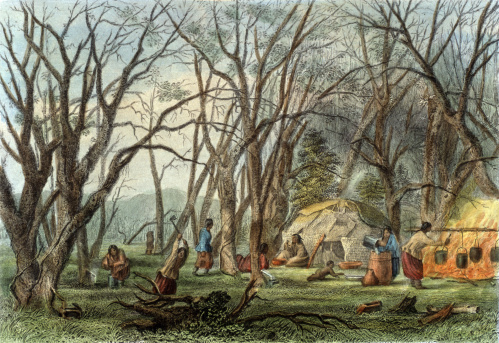
Indigenous Village
The relationships and alliances formed in these villages were essential for the success of the fur trade, influencing trade routes, access to trapping grounds, and the types of goods exchanged.
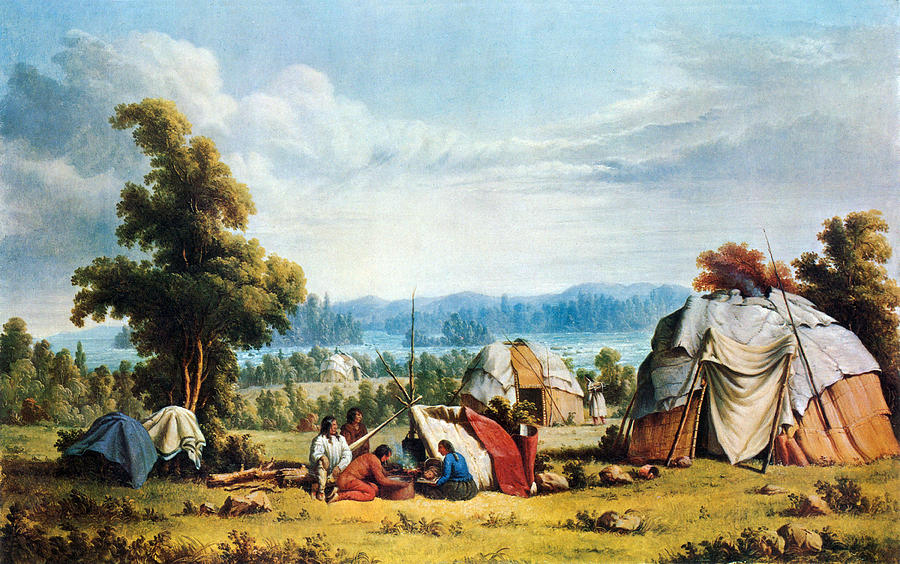
Indigenous Village
The villages often acted as initial points of contact and negotiation between indigenous peoples and European traders.
